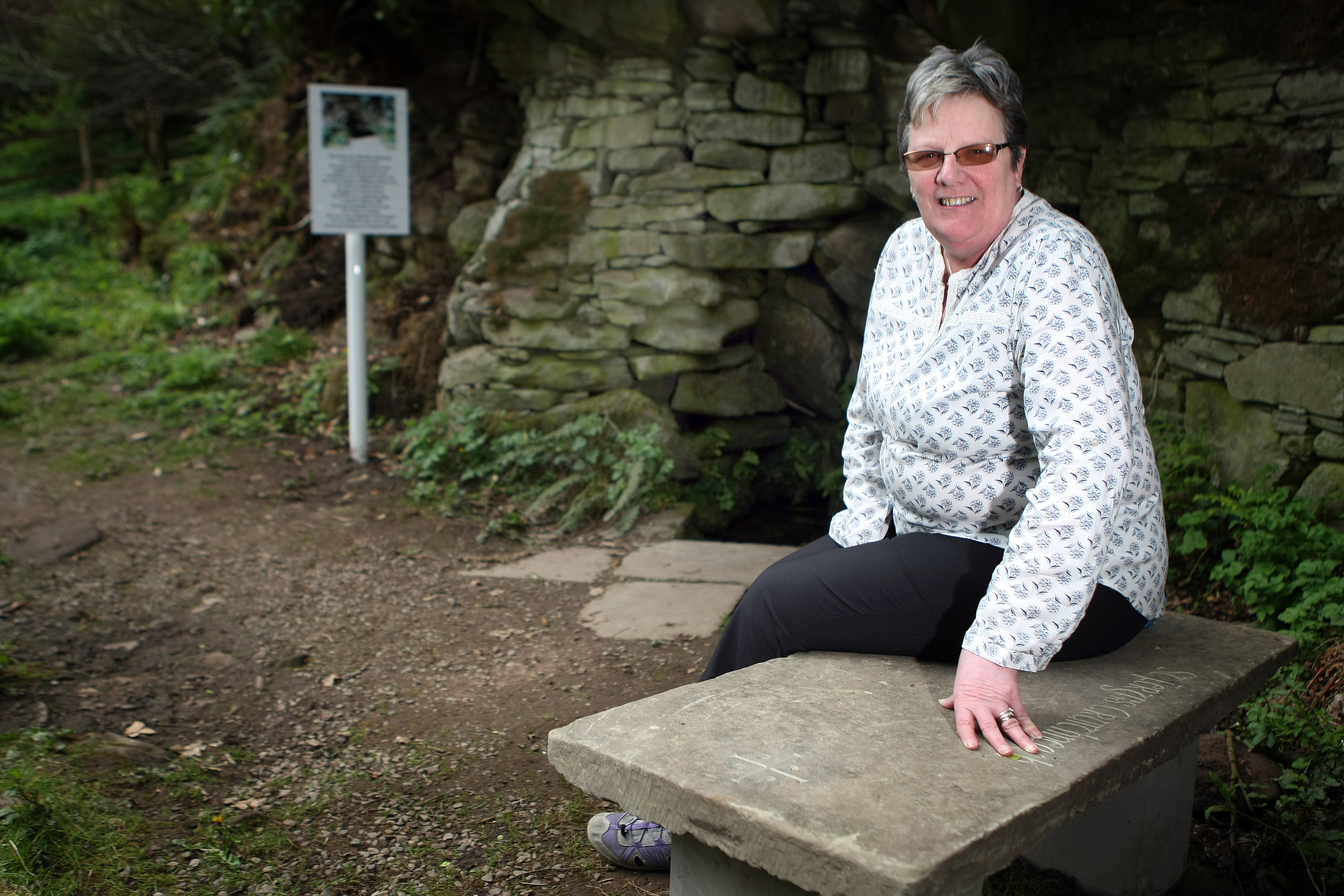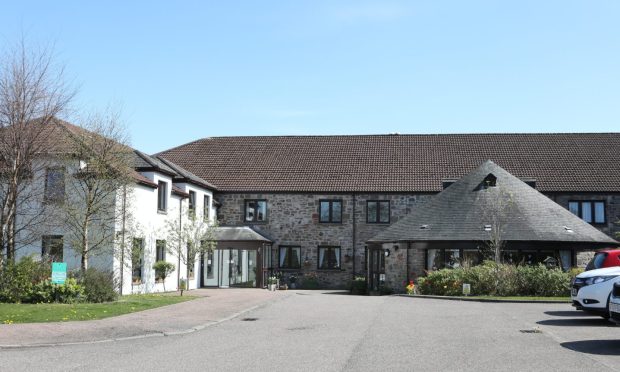An Angus idyll where “the spirit of the ages can be felt” has been transformed as a tourist destination thanks to grant money.
Fergus Cruithneach, or Fergus the Pict, is the patron saint of Glamis who died in the village after establishing a ministry at the beginning of the 7th Century.
Having settled in a nearby cave, he began baptising locals in the perennial spring beside the Glamis Burn, which became known as St Fergus’ Well after his death in 730.
After a period of overgrowth, visitors will now find a landscaped and accessible area, about which Reverend John Stirton once wrote: “It is a place where the idle may be tempted to become studious and the studious to grow idle.”
Margaret Stoker, chairwoman of the local community council, welcomed Angus Environmental Trust’s grant of more than £2,500 for a host of improvements, including an ornate bench and signs for tourists.
She said: “Not everyone know the well is here because it’s a bit out of the way, but we hope the signs will help visitors find a very important site for Glamis.
“We do have regular visitors and some people believe the water has health benefits – although I can’t say I’ve tried it myself.
“Even though we aren’t sure whether the Angus Folk Museum nearby is going to open again, there are lots of things to see and do in Glamis.
“There is a lot of history here.”
The village’s second largest visitor attraction, next to Glamis Castle itself, the folk museum encapsulates rural life in Angus, but is in doubt ahead of a National Trust for Scotland meeting this month.
Glamis Parish Church, known as St Fergus’ Kirk, was completed in 1792 as a replacement for the first stone church built in 1242.
One part of the medieval church remains, the Strathmore Aisle, which contains the burial vault for the stewards of Glamis Castle.
One of the graves outside is that of Margaret Bridie, the inventor of the Forfar Bridie, which she made in the village and sold at the nearby market town.
Saint Fergus is connected with missionary work in upper Strathearn, Caithness and Wick, after having apparently trained in Donegal.
He is said to have founded churches dedicated to Saint Patrick at Strageath, Blackford, and Dolpatrick in Perthshire — according to one story his head was transferred to Scone Abbey.
He is also linked to a Pictish bishop who visited Rome in 721, although it may be the case that there were two men of the same name.










